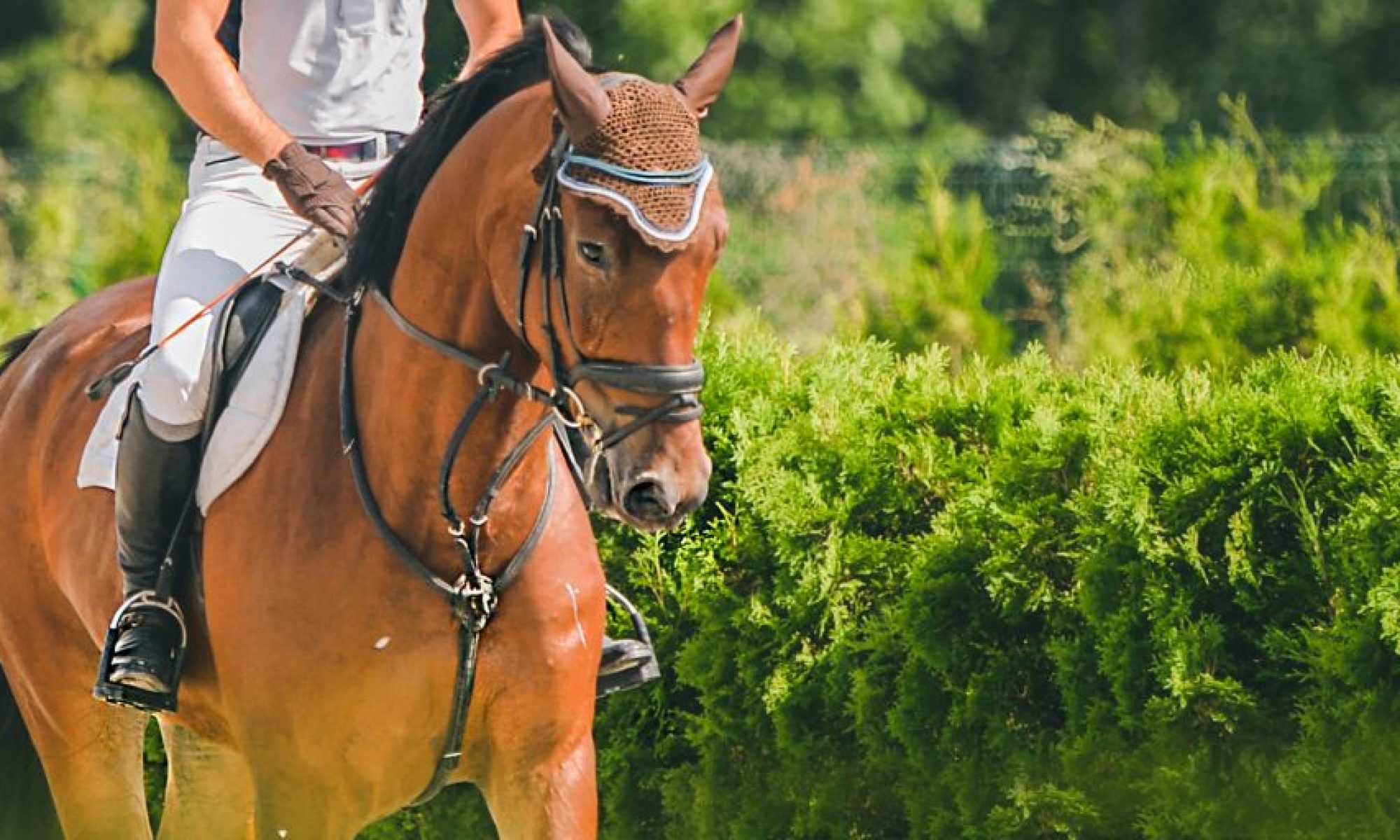In the pink is pervasive this month. According to Dictionary.com, the idiom is actually “in the pink of health.” One would think that this is the connection between breast cancer awareness and the pink images that are highly visible. In reality, the symbol is derived from a ribbon’s symbolism as a sign of courage and support, and a promotion by Self magazine and Estee Lauder cosmetics in 1992. The pink ribbon promotion has evolved significantly over the years—from lapel pins, to illuminated skylines in cities nationwide, to the addition of the color and symbol to uniforms in professional sports.
Although we need to be aware of breast health every month, with pink splashed spectacularly on just about everything in October, it brings the topic to the forefront. I am all about living the good life of a healthy lifestyle. And to make sure you’re in the know on keeping “your girls”—aka breasts—healthy, here are a few guidelines.
Maintain a Good Lifestyle
Adjust your lifestyle to limit alcohol, increase fruits and vegetables in the diet, and exercise regularly—these are factors that can help reduce the risk of breast cancer. It is also important to avoid smoking, control weight, and avoid exposure to radiation and environmental pollution. Breastfeeding can be beneficial, and the length and duration of hormone therapy should be limited.
Get Timely Mammograms
Mammograms are considered the gold standard in breast cancer screening. The American Cancer Society recommends that all women get a mammogram every year beginning at age 40. For women with an above-average risk of getting breast cancer, it is suggested that they discuss with their doctors whether they should begin screenings at an earlier age.
Know Your Breasts
Talk to your doctor about the pros and cons of breast self-exams. If you choose to do breast self-exams, your doctor can review how to do them with you. If you know how your breasts “should” feel, when or if there are changes, you may easily recognize that something is atypical and that you should reach out to your health-care provider.
Be Persistent
If you think you feel “something,” and your health-care professional dismisses your concerns, be persistent. You are your best advocate. If necessary, seek another opinion.
Network with Friends
Talk to your network of friends and ask them to share the names of their doctors or clinics. Personal recommendations from people you trust can go a long way when choosing health-care professionals.
Watch for Symptoms
A lump is the symptom we hear about most often, and 80% of lumps turn out to be benign. A lump can feel like a frozen pea or marble or another hard item. This does not mean it is cancer, but if it is still noticeable after a few weeks or it changes size or shape, have your doctor take a look. Some of the other signs that something is amiss are persistent itching, a bug bite–like bump on the skin, and nipple discharge. If you notice something out of the ordinary that continues for a few weeks, again, you will want to check with your doctor.
I’m not trying to create alarm or anxiety; my goal is help guide you along the path of living a healthy lifestyle. Keep these guidelines in mind year-round for good health.
Take-away: You are your best advocate for “being in the pink of good health.” Follow these guidelines and make great choices about your lifestyle.











